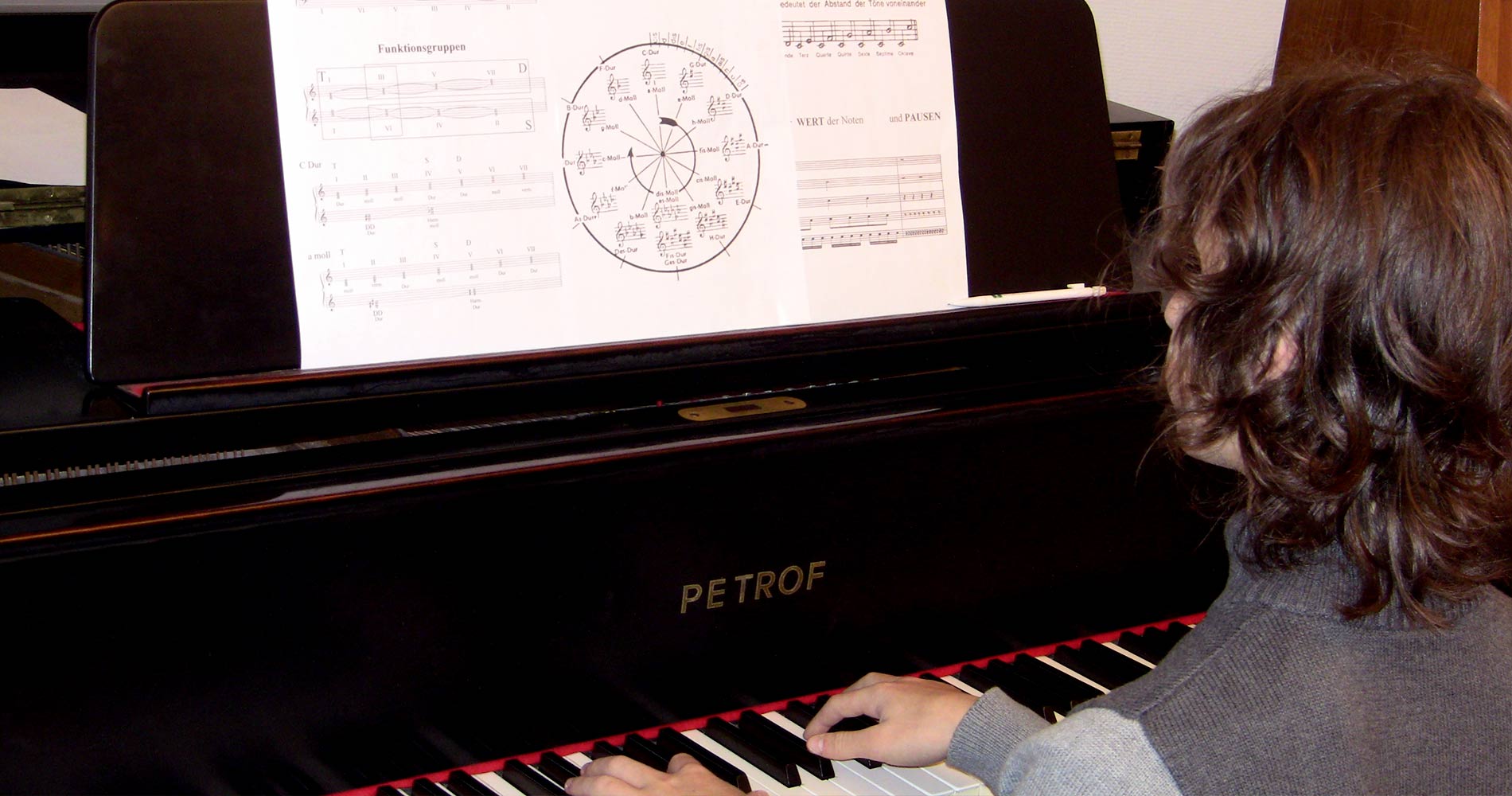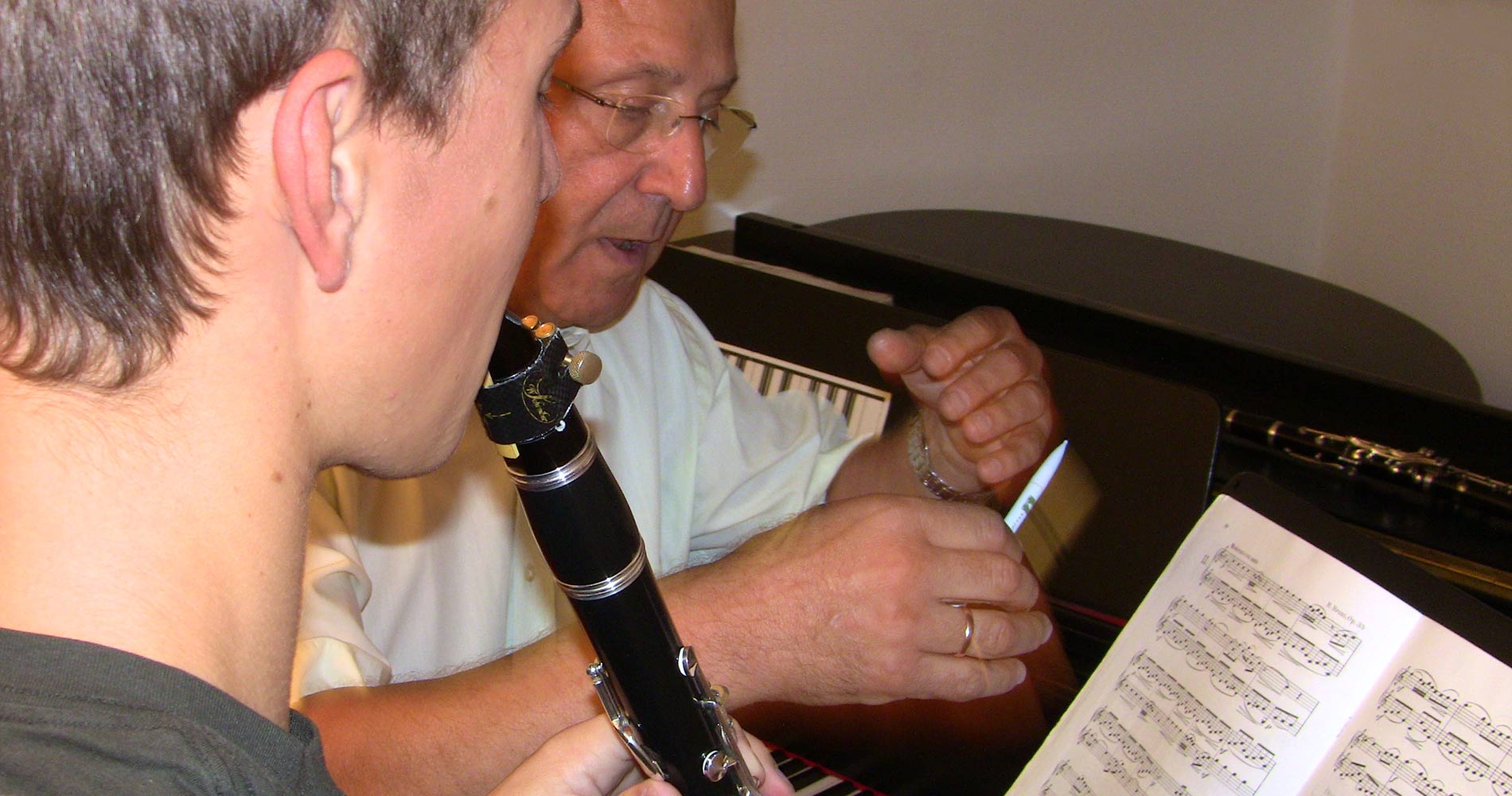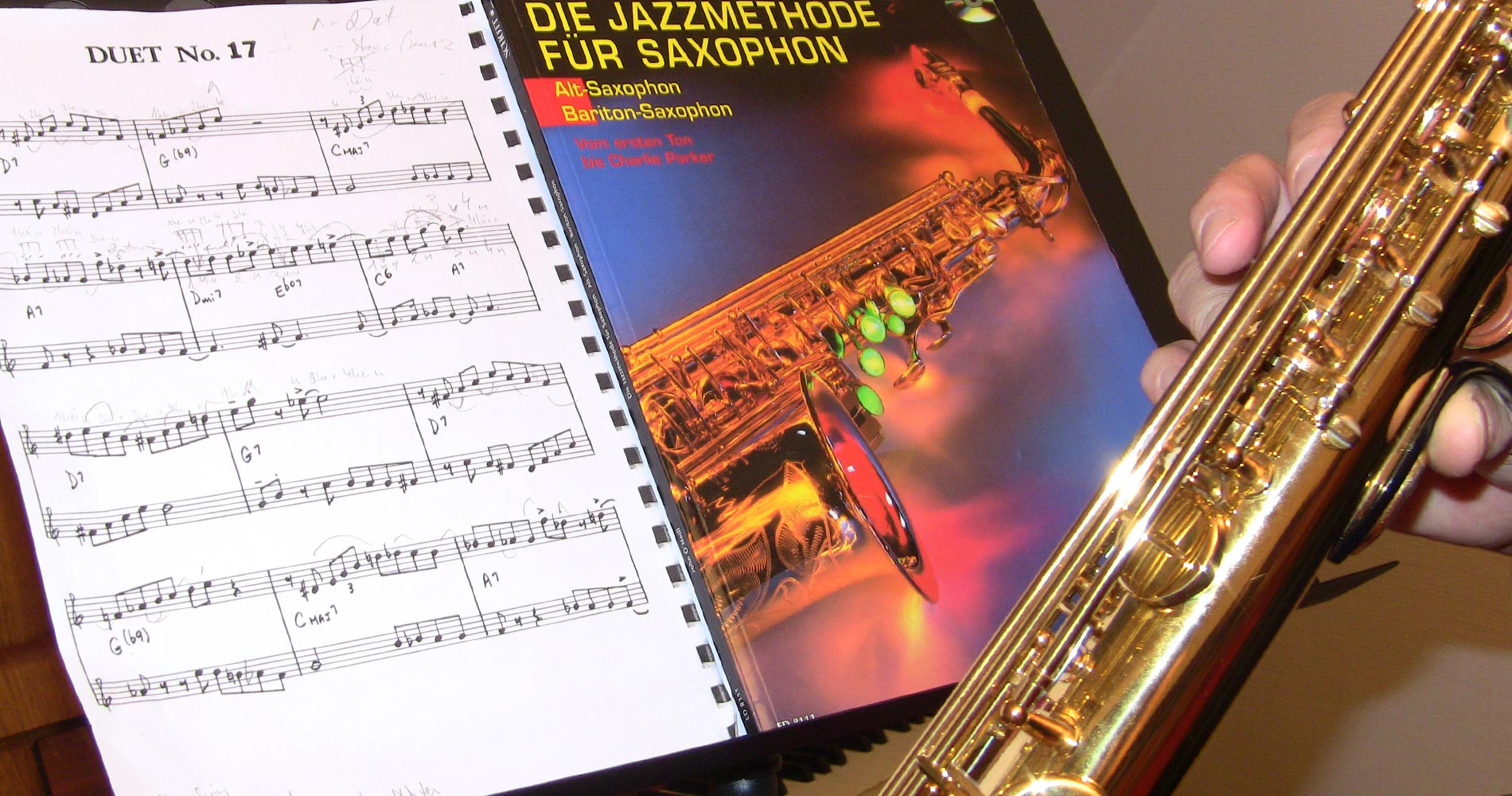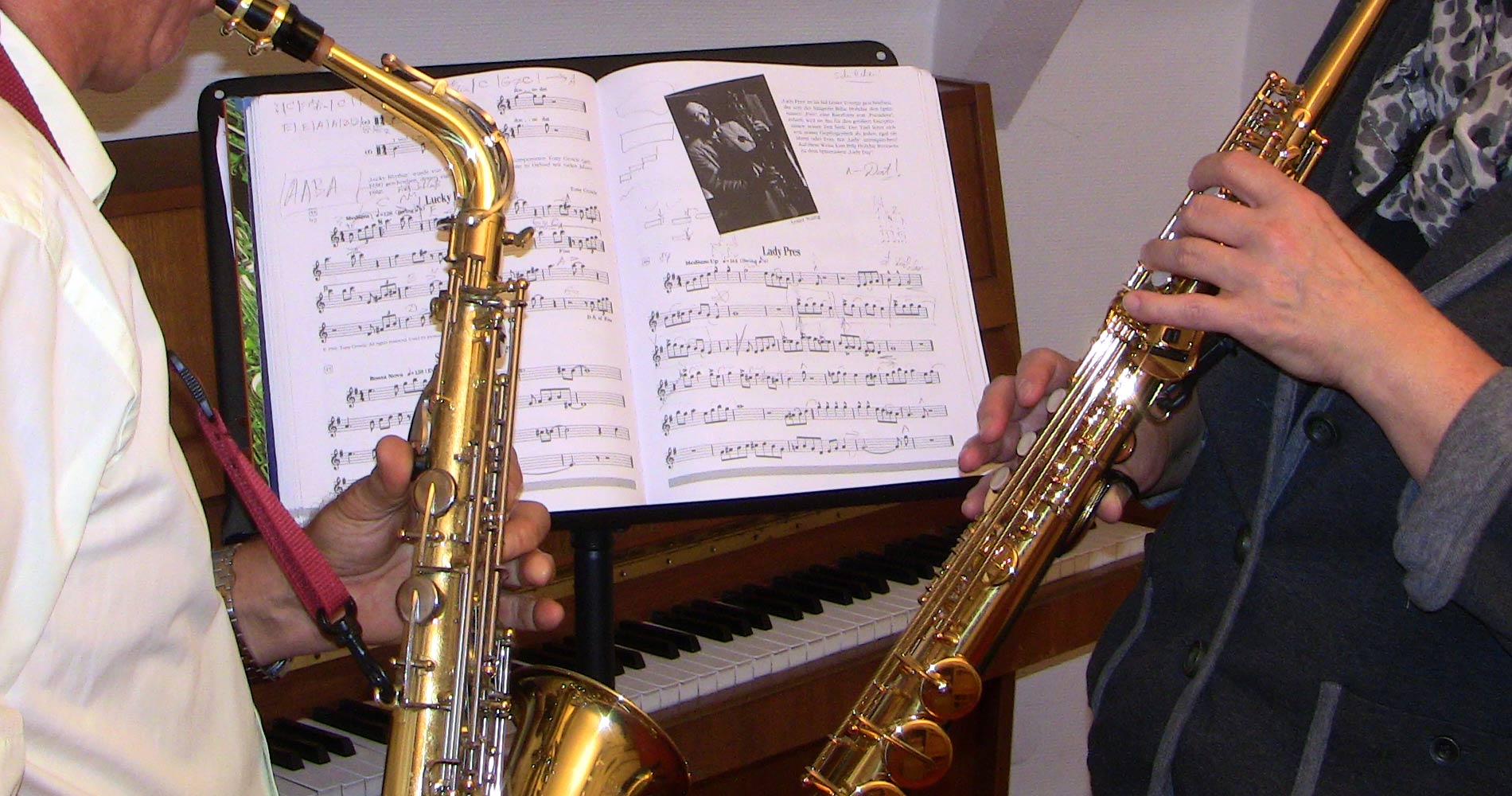Music Lessons
For children
Training from start to high level.
Lessons are tailored to the age of the child and their individual requirements. It can be taught in a light and playful way, or it can be taught seriously and intensively. The degree of difficulty and the amount of tasks always depend on the goal and the comprehension of the child.
For adults
Lessons for beginners and advanced.
Very often adults try to realize the unfulfilled childhood dream — to learn to play a musical instrument. They get this opportunity even if they have no previous musical training and the ability to read music. Those who used to play a musical instrument will increase their level and will be able to play in a duet with the piano in the lessons.
Test preparation
As part of the test preparation for admission to the music college, saxophone, clarinet, composition, improvisation and music theory are taught.
The volume of material for the music theory entrance test is quite impressive. It is desirable to start preparation at least two years before the entrance exam.
Subjects and instruments
Music Theory
Trained bear can very well and confidently ride a motorcycle in the arena of the circus, but without knowing the traffic rules, he will never be able to ride a motorcycle through the city streets. Likewise, musicians unfamiliar with elementary music theory will never fully understand the works they are performing. Namely, theoretical training helps to understand the structure of music and the world in which this music exists.
Why do professional orchestras and choirs sound better than the amateurs? The answer is very simple: the musicians who have completed professional musical training know about intonation, musical phrasing, structure of intervals, chords, keys and so on, and so on... All this is very important for them people who really want to be good musicians.
Composition & Improvisation
Composition and improvisation can be learned by people of all ages who are capable of imagining, can play any musical instrument with a certain ability and are familiar with the basic rules of music theory. Improvisation lessons should be regular, just like instrumental lessons. The frequency of composition lessons depends on the individual ability of the student and how quickly the new material is composed and written down.
Composition cannot be taught, composition can only be learned. The composition lessons deal with the correction of the composed material: discussion of the music themes, harmonic language, musical form, etc.
Saxophone & Clarinet
Musical talent is a gift that we should discover in good time and develop further. My task is to recognize and promote talent, to help, to learn to play the saxophone and clarinet, to become familiar with music theory in order to be able to better understand the language of music, language without words.
Lessons are tailored to the age of the child and their individual requirements. In instrument lessons, the technical skills are further developed and refined, and the prerequisites for further musical life are created so that the children can play in the various orchestras and ensembles in the future.

Musical Form
Imagine a house without a foundation or poorly calculated statics. This house will collapse sooner than it is built.
The same happens with music composition. And the longer the piece, the better to have a feel for understanding the structure of the musical form. It is important for the composer for the work, and for the listener — for the perspective.
It often does not refer to the short song forms consisting of 3-4 repeated stanzas with the refrain.
But if you imagine a song consisting of 20 verses and played from 15 to 20 minutes — it becomes clear that somewhere after the 6th minute it becomes tedious and impossible to hear. For comparison, Beethoven's 9th symphony lasts 74 minutes and is not tiring to the perception.
What's the secret? Talented thematic material? The presence of the chorus in the last movement? Yes, of course! But not only that.
The master has amazing technique for connection, development, variation, collision and unification of musical themes. Added to this is the harmonic variety, the tonal changes in the development and so on and so forth.
Interesting? Knowledge of theory, harmony and musical form will aid in understanding the above.




